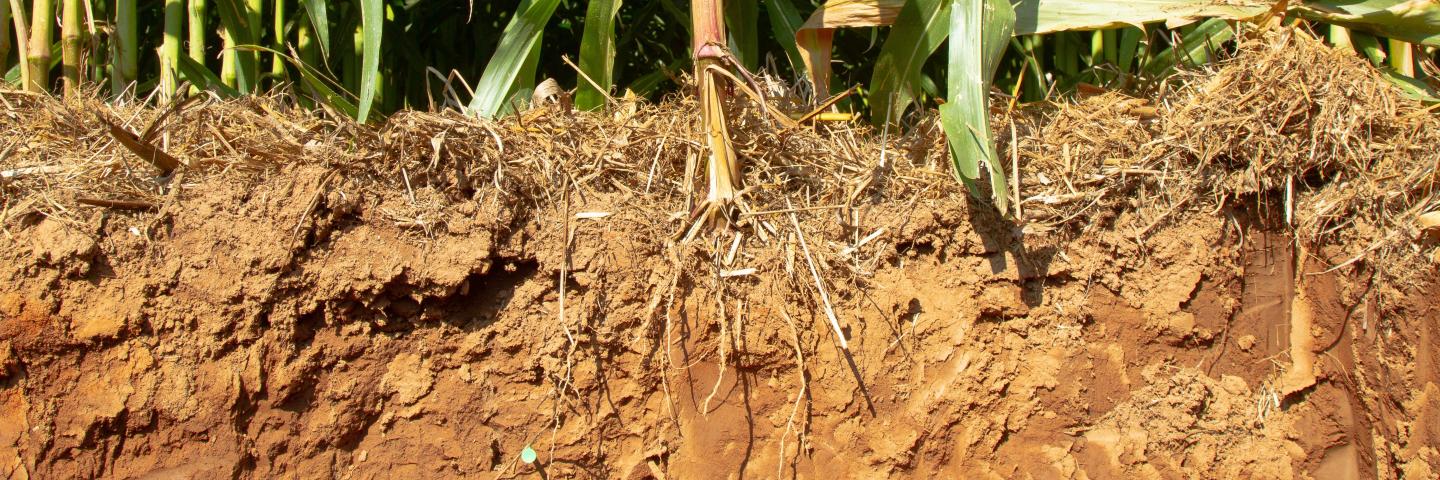
“Soil Health” is a deceptively simple term that many use without ever pausing to define it.
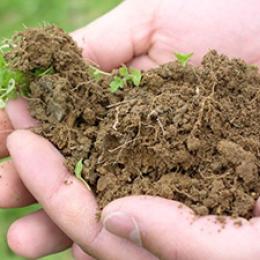
Soil health is the continued capacity of the soil to function as a vital living ecosystem that sustains plants, animals and humans.
Quick Reference Links
- Virginia Soil Health Movement
- Soil Jobs or Functions
- Factors That Control Function
- Virginia Soil Sciences and Soil Health Resources
As indicated above, soil health is the soil’s capacity to function or do its job. This basic definition is a good place to start, but soil health has other important layers of meaning.
Soil Health: A Broader Meaning
To Virginia NRCS and many of our partners and clients, the term soil health also refers to a movement, a mindset and a management approach tied to rebuilding soil life and regenerating function. The term “soil health” is closely tied to the idea that it's possible to farm in a way that (a) is economically viable and (b) not only stops soil degradation but, in fact, reverses it and improves the land. This concept is still relatively new to many in the agriculture and environmental communities but is growing in popularity and practice.
Soil health-building farming methods tend to mimic nature and capitalize on the soil system’s inherent efficiencies, often producing a cascade of production, financial and lifestyle benefits for the growers who successfully adopt them.
The promise of improving lives and livelihoods through soil regeneration has produced a legitimate soil health movement among key farmers in Virginia and inspired a “humic hope” mindset shared by their advisors. This optimistic, innovative perspective is directly related to the progress they’ve witnessed as organic matter and biological activity increase in their soils.
Soil Jobs or Functions
Soil obviously plays a vital role as the foundation of agriculture and civilization but is also crucial for humans and all of nature in other, less-obvious ways. Healthy, properly-functioning soil is the critical foundation for multiple natural cycles that supply oxygen, water and nutrients essential to all terrestrial organisms.
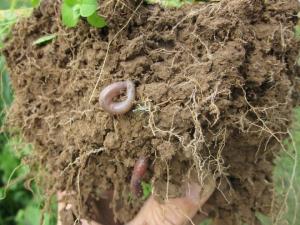
Here are just a few of the jobs healthy, functioning soil performs to support life on Earth:
- Grows maximum plant biomass with minimum external inputs in farm fields and nature.
- Regulates the hydrologic cycle by absorbing as much precipitation as possible from even the most violent storms and facilitating rapid drainage of excess water while also storing water for future plant use.
- Serves as nature’s recycling bin to break down various wastes into component parts, thereby converting anything dead into nutrients that feed new life.
All the above functions of soil involve biological processes, but soil can also serve other key functions that have nothing to do with biology. For example, soils play a critical role in engineering projects, such as the building of roads, dams, pipelines and houses.
Two Factors Control How Well Any Soil Functions
As shown in the diagram below, two key factors almost always influence any soil's health or quality and capacity to perform agricultural, environmental or other biology-related functions:
- How the soil was originally formed and its resulting inherent or permanent characteristics.
- How the soil has been managed and modified – for better or worse – in the long-term and near-term past.
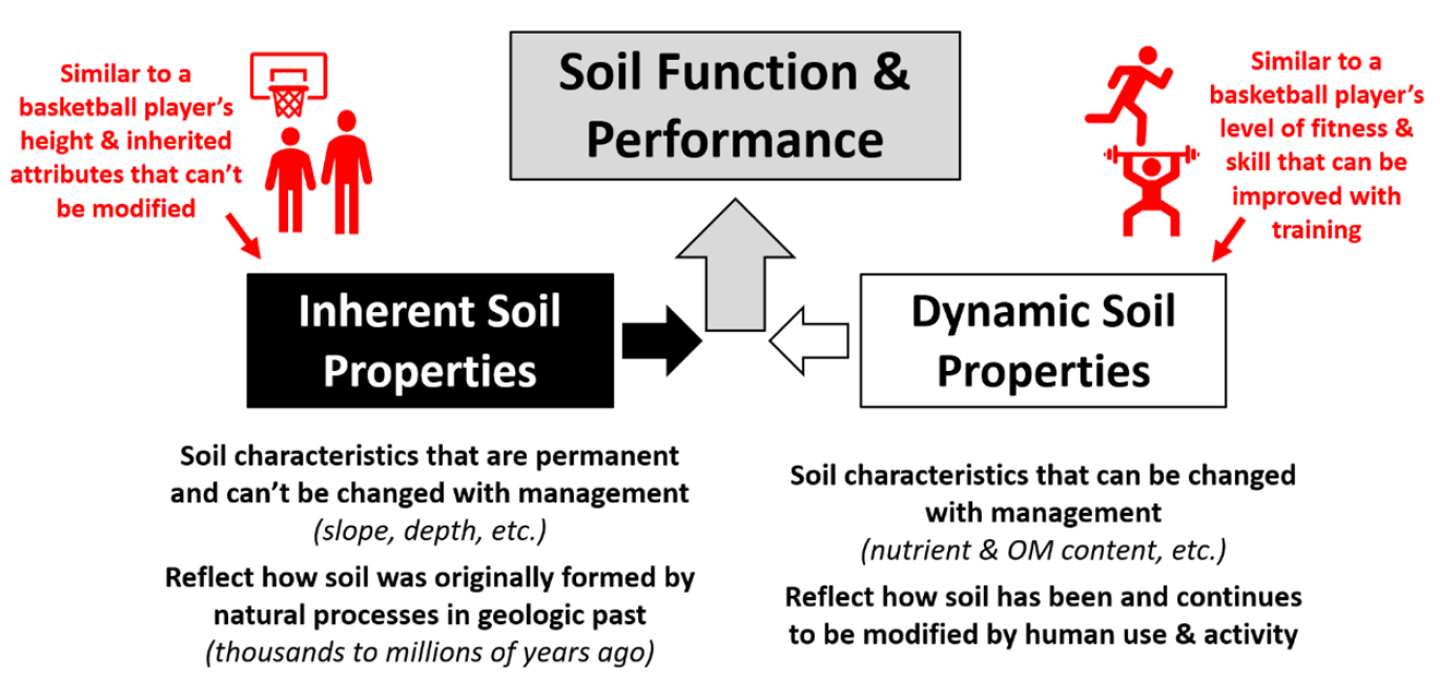
Inherent Properties
Inherent soil properties (ISPs) are the result of soil forming processes over geologic time (thousands to millions of years in the past) and can’t usually be modified without great effort and expense. These properties include key characteristics like the soil’s location in the landscape, slope, depth, sand and clay content (texture), age and the type of rocks from which it was formed (its mineralogy).
Inherent soil properties are similar to a basketball player’s height and inherited athletic ability. They are advantages (or limitations) that the player was born with and can’t meaningfully change.
Dynamic Properties
Dynamic soil properties (DSPs) can be changed with management practices like tillage or fertilization in the course of normal farming activities. They include soil characteristics like topsoil porosity or biological activity. Some dynamic properties can be modified relatively quickly but most change very slowly over time.
Dynamic soil properties (DSPs) are similar to a basketball player’s fitness and skills that can be improved through training, practice and hard work or lost through lack of training and practice.
Key Takeaway
Managing for soil health means improving the soil while recognizing its inherent limits. This is similar to a basketball player training hard to improve but not expecting a height increase from those efforts.
Virginia Soil Sciences and Soil Health Resources
Recognizing that soils have both inherent (permanent) and dynamic (modifiable) properties is an important first step to understand your soil, its health and capacity to function and how to possibly improve its performance. The diagram below will help you more easily locate our soil-related information, which is divided into two categories: Soil Science (or “Soils”) and Soil Health.
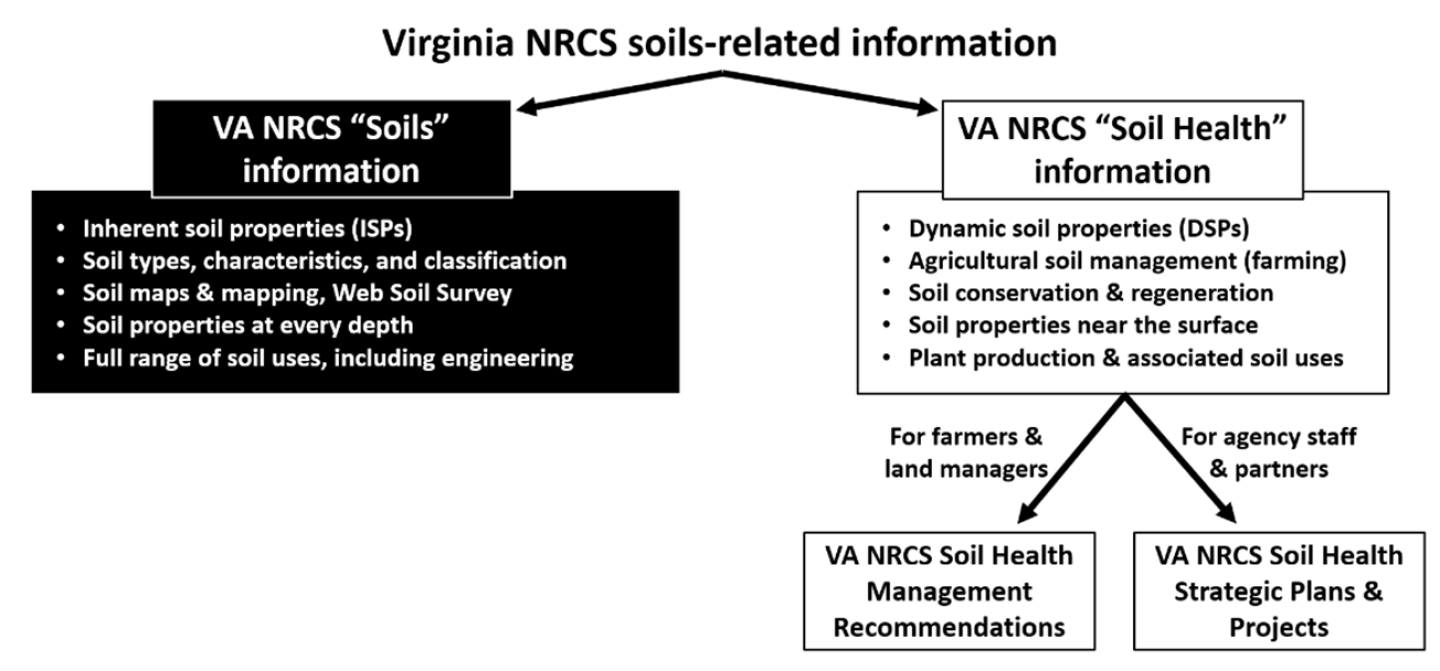
Virginia Soil Science or Soils information
Virginia NRCS soil science (“soils”) information focuses primarily on:
- Inherent soil properties (ISPs)
- Characteristics and classification of different soil types
- Soil maps and mapping, including Web Soil Survey
- Soil properties at every depth, from plow layer down to bedrock or parent material
- Full range of soil uses, from agriculture to engineering
Virginia Soil Health information
Virginia NRCS soil health information focuses primarily on:
- Dynamic soil properties (DSPs)
- Soil management and modification (primarily through farming)
- Soil conservation and regeneration
- Soil properties near the surface (plow layer or prime biological activity zone)
- Plant production and agricultural uses of soil
Our soil health information is divided into two subcategories:
- Soil health management recommendations – farmer and land manager focus
- Soil health strategic planning and projects – agency staff and partner focus

